15 years one-stop China custom CNC machining parts factory
 2409 |
Published by VMT at Aug 17 2021
2409 |
Published by VMT at Aug 17 2021
After the aluminum profile is extruded and formed, it is processed by numerical control. In order to achieve the durability and aesthetics of the parts, the surface treatment will be performed after the processing is fully inspected. Common surface treatments for parts include anodic oxidation, sandblasting oxidation, electrostatic powder spraying and so on.
It is suitable for a variety of materials, different materials, and different surface treatment methods. VMT will choose the appropriate surface treatment for you according to the purpose and material of your processed parts. Each processing technology has its advantages and disadvantages, so what is the difference between the two surface treatment processes of anodizing and sandblasting?
What is Anodizing?
Anodizing is an electrolytic process that deposits a chemically stable oxide layer on the surface of aluminum CNC parts. The resulting oxide film is thicker and stronger than the natural oxide coating of aluminum. It is hard, porous, and transparent, and is an indispensable part of the metal surface, so it will not peel or peel off.
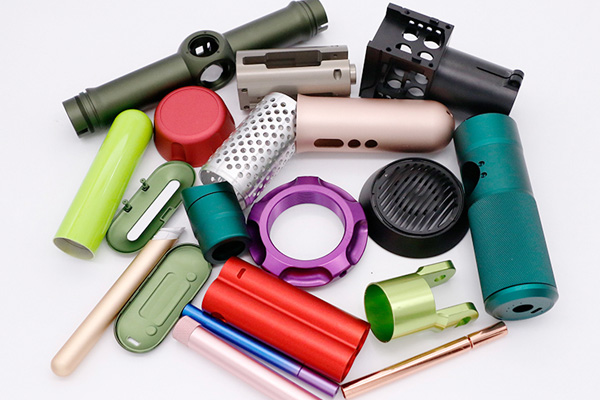
Anodizing Definition
Anodizing is an electrochemical process that involves using a metal or alloy part as an anode to form an oxide film on its surface through electrolysis. This metal oxide film has a variety of properties, such as improving corrosion resistance, enhancing wear resistance and hardness, and providing insulation. In particular, anodizing of aluminum and its alloys is very common in industry because the resulting thin layer of aluminum oxide not only has a protective effect, but also provides color decoration on the surface of metal products by adsorbing a variety of organic and inorganic dyes. After anodizing, the hardness and wear resistance of aluminum or its alloys are significantly improved, and it also has good heat resistance, insulation and corrosion resistance. In addition, the microporous structure of the anodized film enables it to absorb lubricants, making it suitable for use in the manufacture of engine cylinders or other wear-resistant parts. This surface treatment technology is widely used in aviation, automobiles, electronics, building decoration and other fields.
The following is a detailed definition of anodizing:
Basic principle:
The metal or alloy workpiece is placed in an electrolyte solution as an anode.
A protective oxide film is formed on the metal surface by applying an external current.
Main process:
Aluminum and its alloys are electrolyzed in the corresponding electrolyte (such as sulfuric acid, chromic acid, oxalic acid, etc.) and under specific process conditions.
Under the action of the external current, aluminum or its alloy oxidizes and forms a thin layer of aluminum oxide on the surface.
Oxide film characteristics:
The oxide film has protective, decorative and other functional properties.
The film thickness is generally 5 to 30 microns, and the hard anodized film can reach 25 to 150 microns.
The oxide film consists of two layers: a porous and thick outer layer and a barrier layer, which has good wear resistance and corrosion resistance.
Application:
Anodizing technology is widely used in the surface treatment of aluminum alloys to overcome its defects in surface hardness and wear resistance, expand the scope of application and extend service life.
Anodized aluminum plates are widely used in architectural decoration, household appliance decoration, electronic product decoration, automotive decorative panels and other fields due to their excellent surface quality, strong decorativeness and long service life.
Process flow:
The anodizing process mainly includes degreasing, etching, neutralization, anodizing, coloring, sealing and other steps.
In summary, anodizing is a surface protection treatment technology that forms a protective oxide film on the surface of metal or alloy by electrochemical methods. This technology not only improves the physical and chemical properties of the metal surface such as corrosion resistance and wear resistance, but also brings decorative and other functional properties to metal products.
The Meaning of Anodizing
The meaning of anodizing involves an electrochemical process. It is a surface treatment technology mainly used for non-ferrous metals such as aluminum and aluminum alloys. In this process, the metal is placed in an electrolyte as an anode, and an oxide film is formed on the metal surface through the action of an external current. The following are several key meanings of anodizing:
Surface protection: The oxide film formed is protective and can improve the corrosion resistance and wear resistance of the metal.
Decorative: The oxide film can absorb dyes, making the metal surface present various colors and play a decorative role.
Insulation: The oxide film produced by anodizing has excellent insulation properties and is suitable for applications that require insulation properties.
Hardness improvement: The hardness of the oxide film is higher than that of the base metal, which can improve the wear resistance of the metal.
Heat resistance: Some hard anodized films have a high melting point and are suitable for high temperature environments.
Microporous structure: The oxide film has a microporous structure and can absorb lubricants and other substances, which is suitable for manufacturing parts that require self-lubricating properties.
Process characteristics: Anodizing is an electrolytic process that requires specific electrolyte and current conditions.
Widely used: Anodizing technology is widely used in aviation, automobile, electronics, architectural decoration and other industries to improve the performance and appearance of metal parts.
Anodizing is not only a functional surface treatment technology, but also an important process to increase the added value of metal products.
Benefits of Anodizing
Enhanced corrosion resistance
Anodizing significantly improves the corrosion resistance of metals, particularly aluminum. The anodized layer acts as a barrier, protecting the underlying material from environmental factors and extending its lifespan.
Improved aesthetics
Anodizing provides a wide range of color options, allowing manufacturers to achieve desired aesthetics. The process can produce vibrant, fade-resistant colors that integrate seamlessly with the metal substrate.
Electrical insulation
The anodized oxide layer on aluminum provides electrical insulation properties, making it suitable for applications where electrical conductivity needs to be controlled or eliminated.
Durability
Anodized surfaces are highly durable and resistant to wear, making them ideal for components exposed to harsh environments or frequent handling.
Limitations of Anodizing
Limited color options
Compared to other surface treatment methods, anodizing offers a relatively limited range of color options. The color variations are achieved through different dyeing techniques, but the final colors may still be somewhat restricted.
Material restrictions
Anodizing is primarily applicable to aluminum and its alloys. Other metals, such as steel or copper, have different properties and require alternative surface treatment methods.
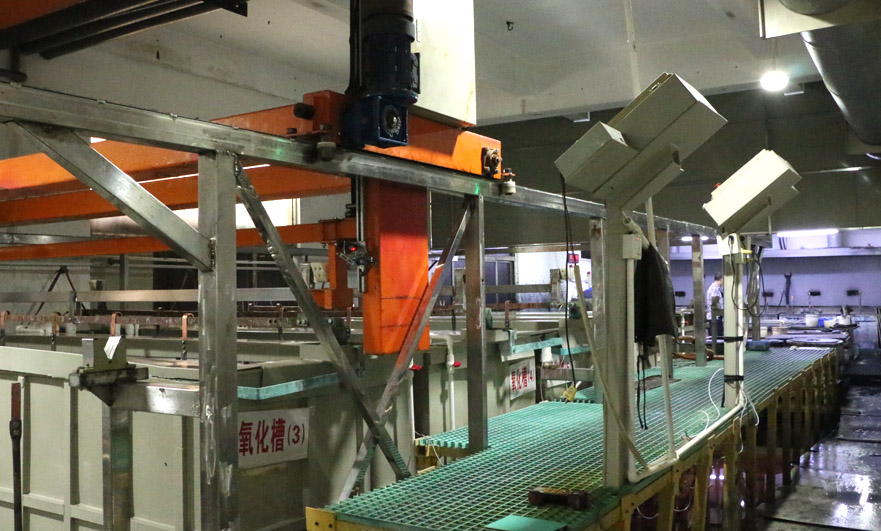
What is Sandblasting?
The process of using the impact of high-speed sand flow to clean and roughen the surface of parts. Compressed air is used as the power to form a high-speed jet beam to spray the spray material (copper ore, quartz sand, emery sand, iron sand, Hainan sand) on the surface of the parts to be treated at a high speed, so that the appearance or shape of the part surface will change.
The impact and cutting action on the surface of the part can make the surface of the part obtain cleanliness and different roughness, improve the mechanical properties of the surface of the part, improve the fatigue resistance of the part, and increase the adhesion between the part and the coating. , It prolongs the durability of the coating film, and is also conducive to the leveling and decoration of the coating.
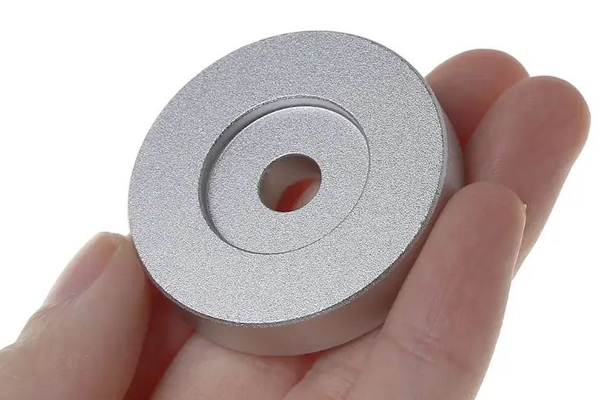
Sandblasting Definition
Process
Applications
The Meaning of Sandblasting
Sandblasting is a common surface treatment technique, also known as abrasive blasting or blast cleaning. It involves the high-speed propulsion of abrasive materials (such as sand, steel shots, or other abrasive particles) onto the surface of an object to clean it, remove contaminants, and improve surface quality.
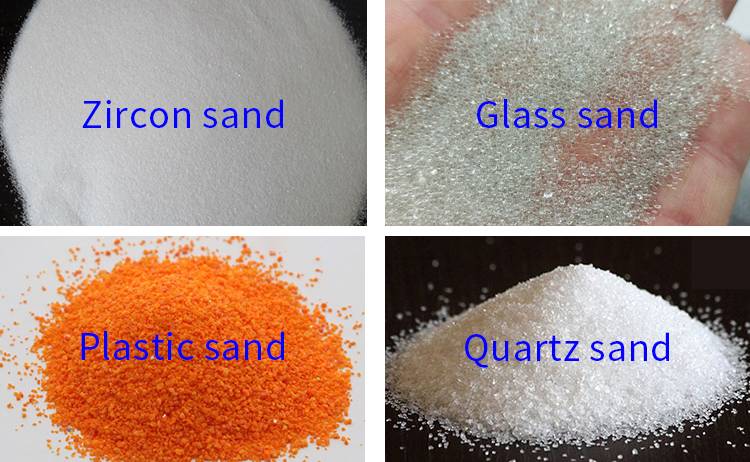
The Significance of Sandblasting
Functions of Sandblasting
About Sandblasting Aluminum
Can you Sandblasted Aluminum?
Yes, aluminum can be sandblasted. This process can effectively remove oxide layers, impurities, and burrs from aluminum surfaces, providing ideal conditions for further processing or coating. The specific sandblasting process and parameters should be selected based on the type of aluminum alloy, surface condition, and intended purpose.
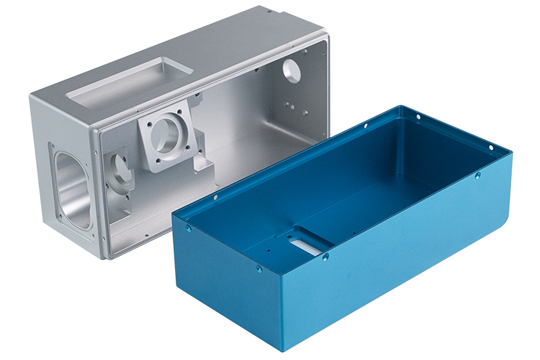
The Process of Sandblasting Aluminum Can:
Considerations for Sandblasting Aluminum
Sandblasting Metals
Sandblasting metals is a widely used technique in the metal surface treatment industry and is applicable to various metals, including:
Sandblasting Metals Can:
Sandblasting is a versatile surface treatment technique that meets the needs of different materials and applications.
Conclusion
In summary, sandblasting is an effective surface treatment technique widely applied in metal processing and art. Aluminum, as a common metal material, can also be treated with sandblasting to improve surface quality, increase coating adhesion, and enhance durability. However, it is essential to choose appropriate sandblasting techniques and parameters in practical applications, and to pay attention to environmental protection and operational safety.
Benefits of Sandblasting
Surface preparation
Sandblasting is highly effective in preparing surfaces for further treatment. By removing rust, old paint, and contaminants, it ensures proper adhesion of subsequent coatings or finishes.
Paint removal
Sandblasting is an efficient method for stripping paint from surfaces. It can remove multiple layers of paint without damaging the underlying material, making it ideal for refurbishment projects.
Rust and corrosion removal
The high-velocity impact of abrasive particles in sandblasting effectively eliminates rust and corrosion from metal surfaces, restoring their integrity and prolonging their lifespan.
Texturing and finishing
Sandblasting can create unique textures and finishes on various materials, providing aesthetic appeal or enhancing functional properties such as grip or light diffusion.
Limitations of Sandblasting
Environmental concerns
Traditional sandblasting methods generate a significant amount of dust and debris, which can be harmful to the environment and human health. However, modern sandblasting techniques employ alternative media and containment measures to mitigate these concerns.
Material damage
Some materials, such as soft metals or fragile substrates, may be susceptible to damage during the sandblasting process. Care must be taken to select appropriate abrasives and adjust blasting parameters accordingly.
The difference between sandblasting and Anodizing
(1) Processing technology:
Sand blasting relies on external force to spray sand to the surface of the parts to achieve passivation treatment, cleaning, decorative design and other practical effects. External force is called dry sand blasting when air is compressed, and wet sand blasting when it is water.
Anodizing generally refers to the oxidation of aluminum and aluminum alloy profiles in hydrochloric acid or other aqueous solutions, the parts are anodicized, and the aluminum alloy plate or graphite plate is connected to the negative electrode. Through the DC power supply, a porous structure, high strength, and dielectric can be obtained. Strong oxide film.
(2) The difference between sandblasting oxidation and anodic oxidation:
1. Different processing methods
Sandblasting of aluminum profiles is a physical treatment, and anodizing of aluminum profiles is a chemical treatment. Generally speaking, if the aluminum profile cannot be anti-corrosive after anodizing treatment, then it needs to be sandblasted and oxidized, and then sprayed, so that it can achieve the expected purpose.
2. Solve the difference in actual effect
Sandblasting and oxidation of aluminum profiles can be cleaned, polished, burrs, and the surface roughness can be changed to achieve practical decorative effects. Anodizing of aluminum profiles does not have this practical effect.
3. Different corrosion resistance
There is no protective layer on the sandblasted and oxidized surface of aluminum profiles, which cannot meet the requirements of corrosion resistance. The anodizing of aluminum profiles can meet the anti-corrosion requirements, and sandblasting must be done before anodizing.
Choosing Between Sandblasting and Anodizing
When faced with the decision of whether to sandblast or anodize a surface, several factors should be considered:
Surface type and condition
Sandblasting is particularly effective for cleaning and preparing surfaces with existing coatings, rust, or corrosion. Anodizing, on the other hand, is most suitable for aluminum surfaces and provides enhanced corrosion resistance.
Desired outcome
If the goal is to remove unwanted coatings, clean the surface, or create unique textures, sandblasting is the preferred option. Anodizing is chosen when corrosion resistance, durability, or aesthetics are the primary concerns.
Budget and time constraints
Sandblasting is generally a faster and more cost-effective process compared to anodizing. However, if the surface requires long-lasting protection or specific colors, anodizing may be the better choice despite the additional time and cost involved.
In Conclusion
Sandblasting is to achieve the practical effects of passivation treatment, cleaning, decorative design, etc., while anodic oxidation is carried out in hydrochloric acid or other aqueous solutions. The two processes are different in method, effect and corrosiveness.
Sandblasting and anodizing are two distinct surface treatment methods, each with its own advantages and limitations. Sandblasting excels in surface preparation, paint removal, and rust/corrosion removal, while anodizing offers enhanced corrosion resistance, improved aesthetics, and durability. The choice between these methods depends on factors such as surface type, desired outcome, and budget constraints. By understanding the differences between sandblasting and anodizing, professionals can make informed decisions to achieve optimal surface treatment results.
FAQs
Can I anodize a surface that has been sandblasted?
Yes, sandblasting can be performed as a surface preparation step before anodizing to ensure the removal of impurities and contaminants.
Is sandblasting suitable for delicate materials?
Sandblasting may not be suitable for fragile or soft materials, as it can cause damage. Alternative methods should be considered for such materials.
How long does the anodizing process take?
The duration of the anodizing process depends on various factors, including the desired thickness of the anodized layer. Typically, it can range from a few hours to several days.
What types of materials can be sandblasted?
Sandblasting is suitable for a wide range of materials, including metals, ceramics, glass, and certain plastics.
Can sandblasting remove all types of paint?
Sandblasting is highly effective in removing most types of paint, including oil-based, latex, and epoxy coatings.
Is anodizing a permanent process?
Yes, once anodized, the oxide layer formed on the metal surface is permanent and provides long-lasting protection.
Can anodizing prevent rust formation?
Anodizing significantly enhances the corrosion resistance of metals, including aluminum, thereby reducing the risk of rust formation.
Can I anodize CNC machining parts?
Yes, CNC machining parts made from aluminum or its alloys can undergo the anodizing process to improve their surface properties and aesthetics.
